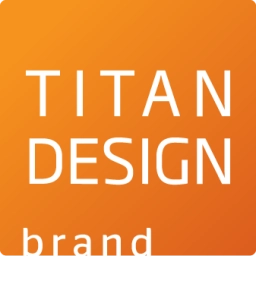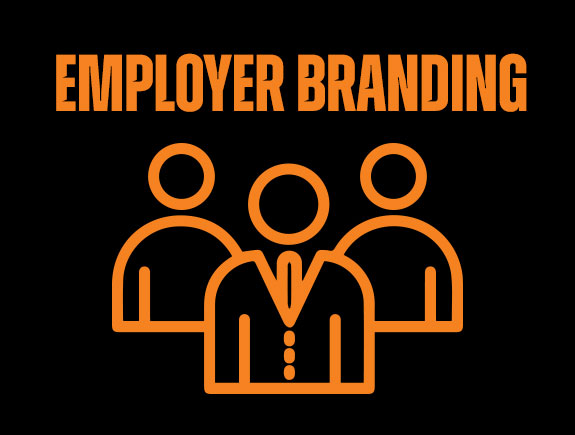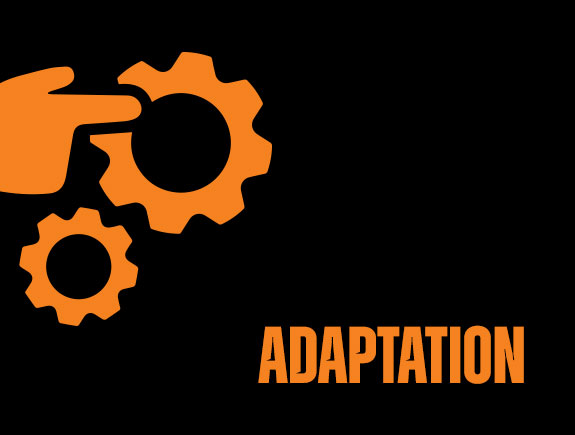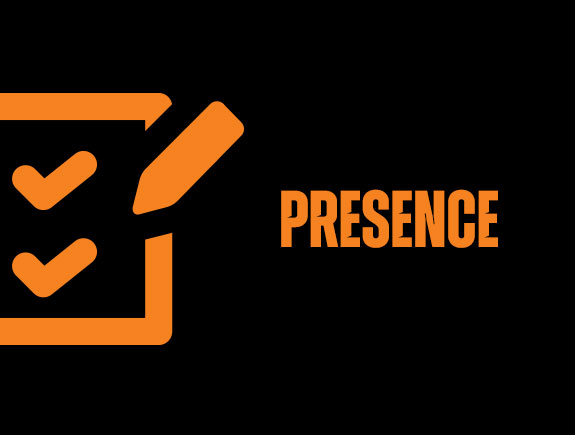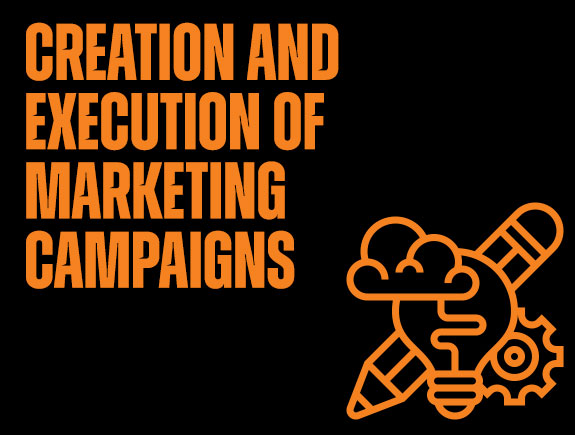Employer branding is one of the latest anglicisms that have become popular in our language. In its original form, it is used due to the lack of an adequate translation, and if we were to try to translate the meaning into Serbian in the most literal way, we could explain this phrase as: Creating a perception of the company as a (desirable) employer. The goal of this process is to attract candidates from the labor market, but also to retain employees within the company.
Our market has already begun to pay attention to this process in the years preceding the pandemic, it also served as a catalyst in this case, everything accelerated and rose to a higher level. The first companies that turned to employer branding were from the IT industry. They are otherwise very competitive on the labor market and can offer a lot to potential candidates. But as COVID has changed the habits and expectations of employees, the need for employers to stand out from the competition is increasingly emerging in other industries. How do they do it?
Adaptation.
Research has shown that there has been a Great Resignation in America after COVID, a trend of workers leaving their jobs. Some because they were dissatisfied, some because during the quarantine they had time to think and realized that they wanted something else from life. The subjective feeling is that we have a similar situation, that people, more than before, are changing employers, looking for an environment and conditions that fit them. Also, many people got used to working from home and do not see themselves in companies that require coming to the office.
The first challenge of employer branding after 2020 is adapting to that new labor market, new thinking of employees and their new needs.
Competitiveness in the market.
The pandemic has shown us that many industries can work from home, making the location of the company and the employee irrelevant. The labor market is globalizing, companies from richer countries look for staff in poorer ones, pay them a high salary for their standards and get people who do great work outside the borders of the country where the company is located. This can prove to be a problem for our market, because unfortunately we belong to another group of countries.
That’s why it’s important to stand out. What in classic marketing is USP (Unique Selling Proposition), here it is EVP (Employee Value Proposition) – unique benefits of working in your company that can attract potential candidates and set you apart from the competition. Those can be prizes, incentives, group activities, education, environment…
Presence.
This is not very different from classic marketing. Be where your target group is, speak their language, talk about the things they are interested in, share the values they have. Essentially, this is just marketing, which instead of selling, has recruitment as its goal.
It is important to have a social network, a YouTube channel, to be present at events that are important to your industry…
You can be proactive and look for your potential employees on the portals where they gather. For example, if you’re in the IT industry, consider actively participating in the conversations on the r/programming subreddit, a place where many young developers seek advice from older and more experienced developers.
Creation and execution of marketing campaigns.
In addition to building a brand through all the above-mentioned, companies also decide to run classic marketing campaigns with the aim of attracting employees. In that approach, it is important to distinguish a simple job ad, which can be creative, from an employer branding campaign.
The campaign is there to show us the surroundings, highlight benefits, attitudes, values… To make us want to be part of that company. For now, they mostly take place in digital media, and in the past few months we have witnessed the successful and creative use of influencers for this purpose. Both times for IT companies, and here’s how it looked. Stefan Papic for Cloud Horizon and Milos Milaković for IT Engine.
Creation and execution of marketing campaigns.
In addition to building a brand through all the above-mentioned, companies also decide to run classic marketing campaigns with the aim of attracting employees. In that approach, it is important to distinguish a simple job ad, which can be creative, from an employer branding campaign.
The campaign is there to show us the surroundings, highlight benefits, attitudes, values… To make us want to be part of that company. For now, they mostly take place in digital media, and in the past few months we have witnessed the successful and creative use of influencers for this purpose. Both times for IT companies, and here’s how it looked. Stefan Papic for Cloud Horizon and Milos Milaković for IT Engine.
Setting goals and establishing a team.
All of the above-mentioned is not possible without taking the initiative within the company and the desire to follow employer branding. To begin with, it is necessary to set aside a budget and create a team that will be in charge of this part of the business. It will seem tempting to just assign a new task to your marketing department, in practice this is not a good choice, because in addition to advertising knowledge, you also need an HR knowledge.
After forming the team, next thing is defining goals, ideal candidates, and the strategy. Of course, you can implement the creative parts of those strategies in cooperation with your marketing agencies.
How does your company create a perception among potential candidates?
